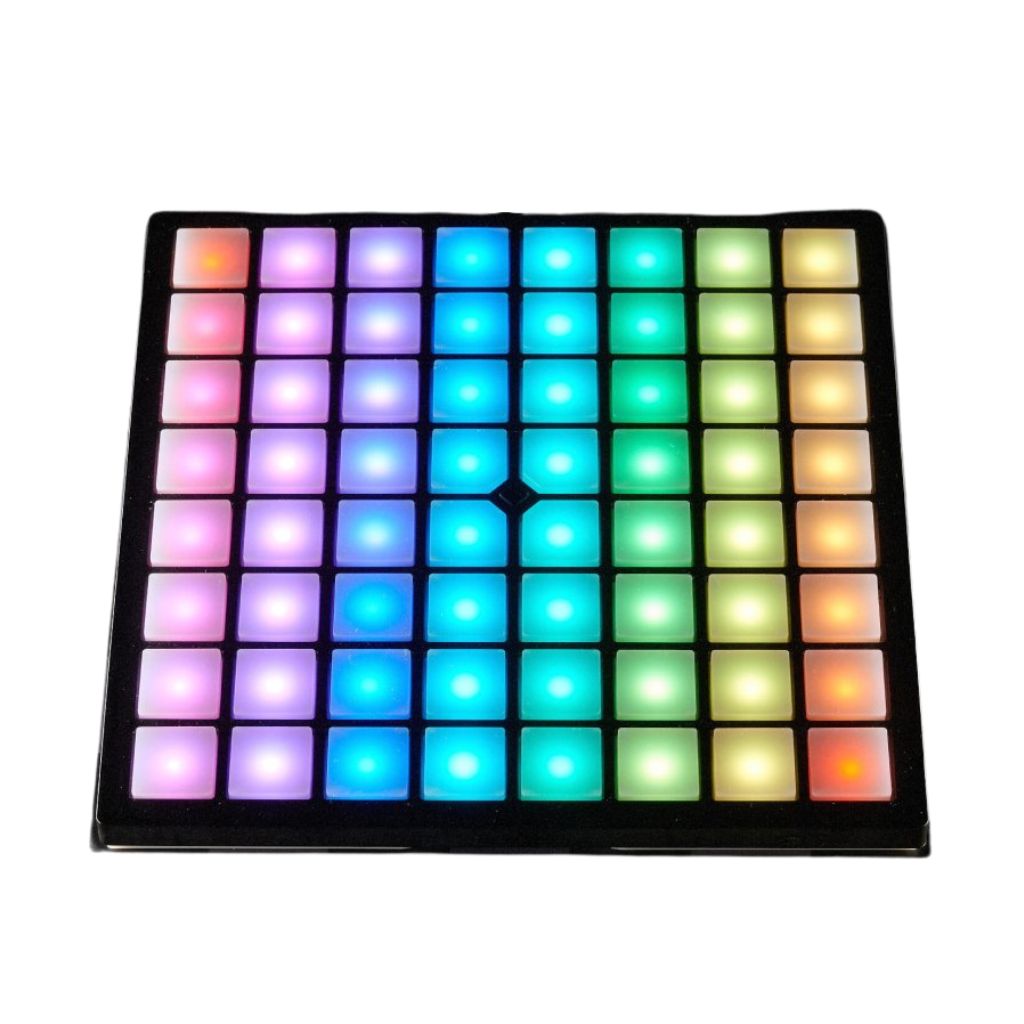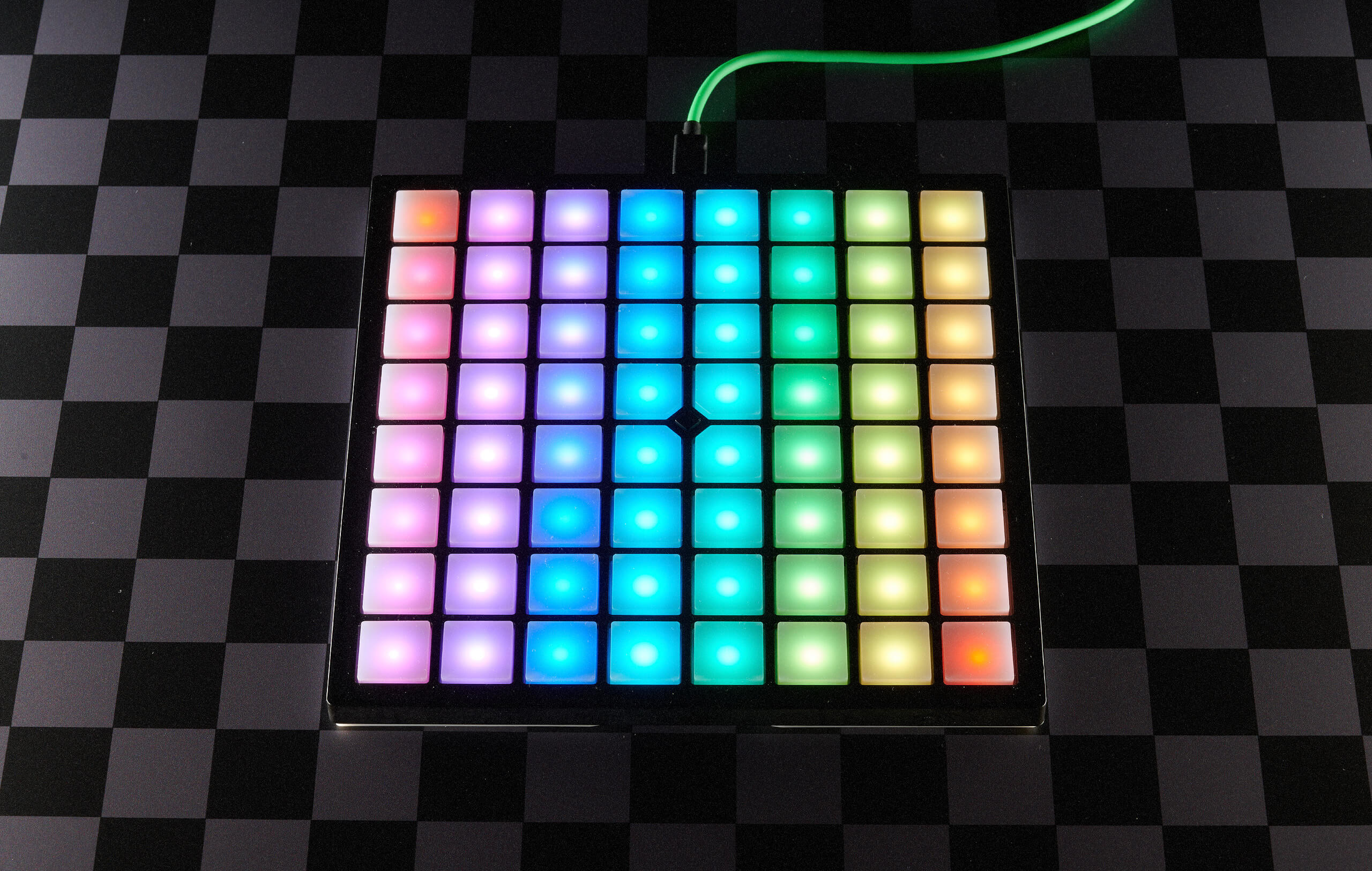
First look: 203’s Matrix Pro is a MIDI controller packed with potential
The ultra-compact and open-source controller is primed for visual performances, but is it ready to be an asset in the music studio?
Image: Simon Vinall for MusicTech
The prospect of a next-gen MIDI grid controller is exciting. Remember when the Novation Launchpad became the lust of bedroom producers around the world, thanks to the likes of French producer Madeon using it to mash up 39 songs live? Since then, the Launchpad and Ableton’s Push have been the go-to MIDI grid controllers for beatmakers and performers. But independent newcomer 203 Electronics aims to change that with the Matrix and Matrix Pro controllers, which the brand claims are indeed “next-gen” MIDI controllers.
Set to be an affordable and multi-faceted controller, Matrix Pro is a 64-button controller designed for music production and live sets, with a heavy focus on audio-visual performance. Its launch is being funded via a Kickstarter campaign that, at the time of writing, has raised a total of £17,557 – that’s more than £13,000 over the goal of £4,183. But is the hype justified?
We’ve been tinkering with an early version of the Matrix Pro and exploring its capacity for music production, live performance and visual effects. In its current incarnation, Matrix Pro has a ton of potential – but 203 still has its work cut out to please the music production community.
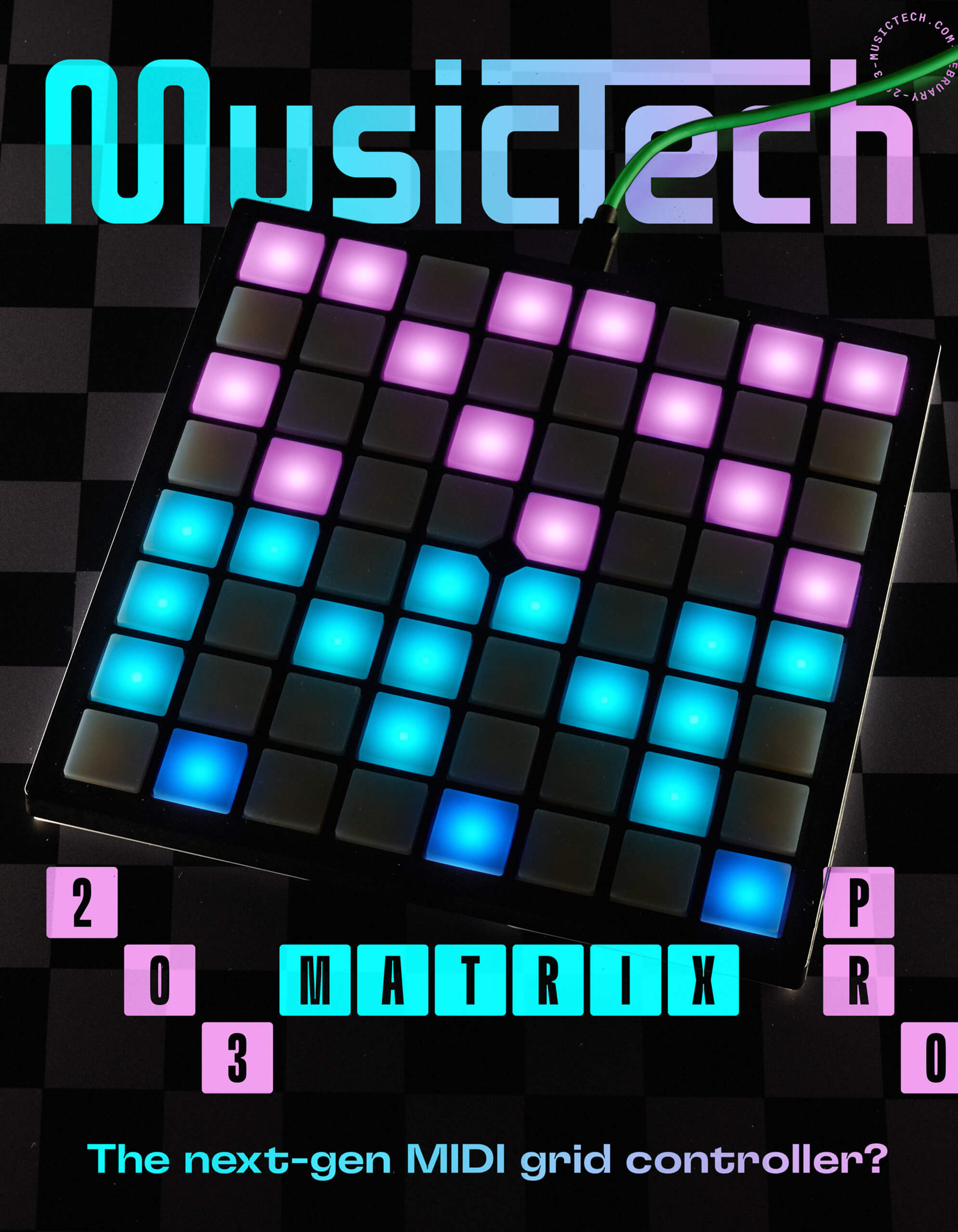
As soon as we unbox the Matrix Pro, we’re struck by the form factor. 203 promises Matrix Pro is “one of the thinnest and most portable MIDI devices available,” and at 13.2 millimetres thin and weighing in at 800g, it’s perhaps only bested by touch-based MIDI controllers such as the Sensel Morph. By comparison, Novation’s Launchpad Mini is 14mm, so we commend 203 for opting for a design that allows you to easily slip the Matrix into your backpack to play with on your travels.
Included in the box is a USB-C to USB-A cable – the USB-A side will connect to your device and this is also how the Matrix Pro is powered. There are no manuals or quick-start guides. Instead, 203 gives us a link to online documentation that is, frankly, sparse and vague. Still, we’re happy to learn that it’s class-compliant so we can hook it up and start experimenting freely.
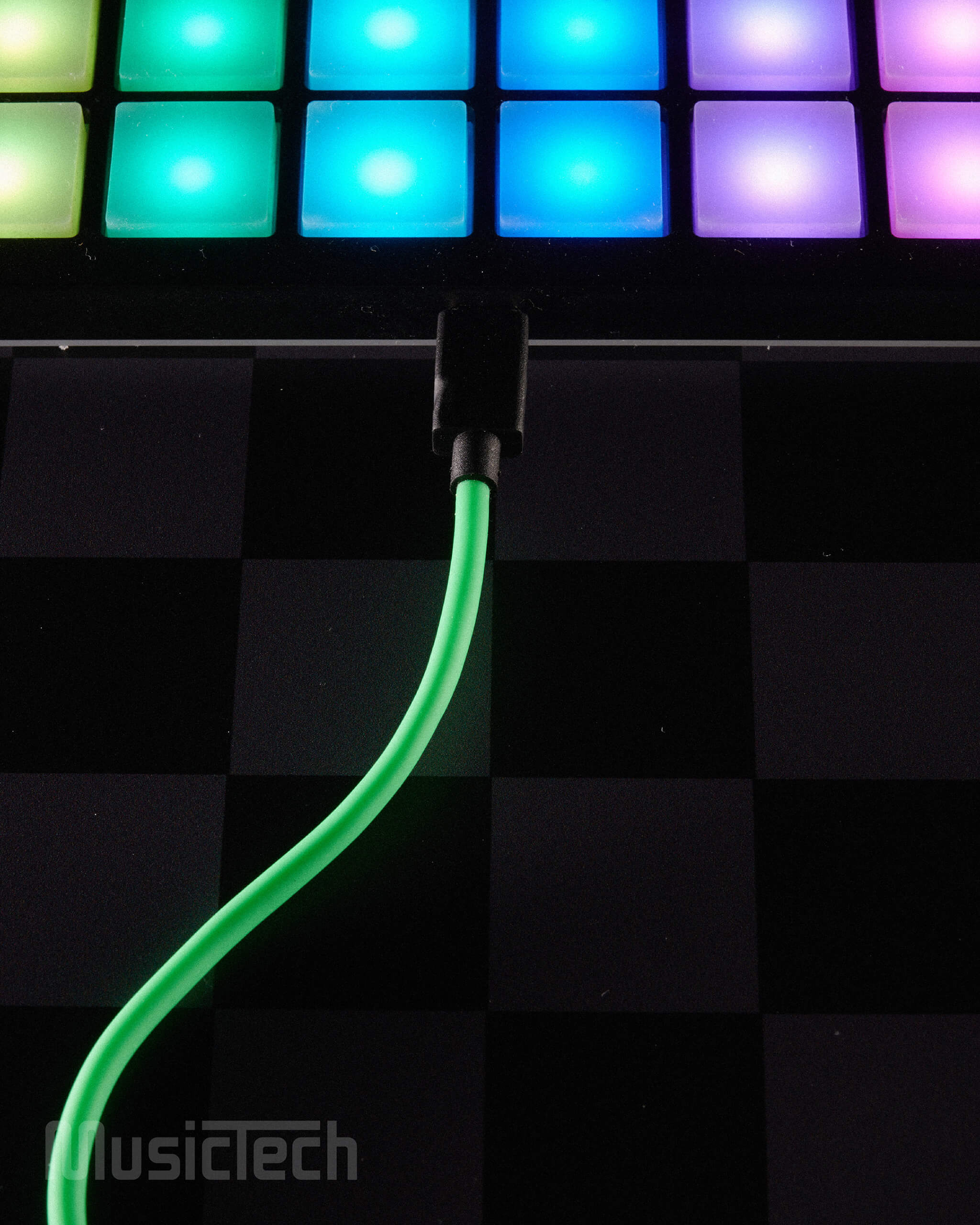
The Matrix Pro’s 64 buttons are velocity-sensitive and backlit by high-brightness RGB LEDs. As we have the Pro version of the Matrix, we’re also treated to 32 additional underglow LEDs. You can alter the brightness within the menu of each mode and, we must admit, these pads can get very bright and give you immense vibrance even in well-lit environments.
Unfortunately, the early version 203 has given us shipped without velocity-sensitive pads due to a supply issue. The brand reassures that final versions of the controller will come equipped with velocity-sensitive pads. It’s a shame the Pro version isn’t equipped with MPE capabilities, like the Roger Linn Design LinnStrument. A “next-gen” controller should include such features, particularly 203 wants to appeal to modern music-makers.
Alongside the buttons are two ‘hidden’ touch strips that sit on the edge of the controller. These seem to not have any real function right now, but we can see them being useful as modulation sliders, for example, in the future. At the intersection of the four central buttons of the Matrix Pro is a small, diamond function button that is primarily used for navigation.
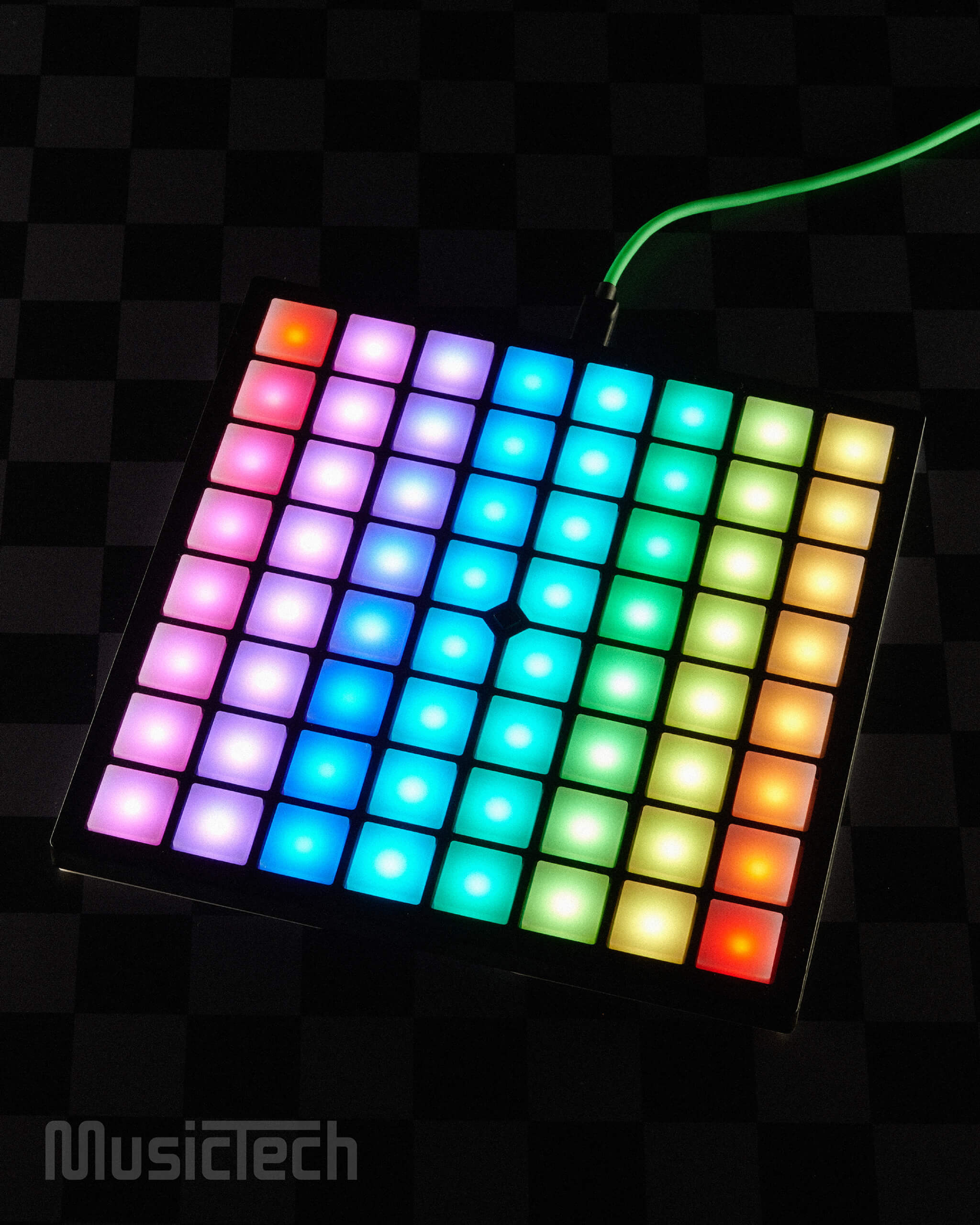
Currently, the Matrix Pro has three main modes of operation to choose from: Performance, Note & Scale, and Lighting, which you can choose from upon connecting the Matrix Pro (after a brief light show plays on startup). Each mode is manifested as a lit-up button on the startup grid, and pressing the corresponding button will take you to a dedicated page.
We use the reference guide to navigate these pages, although if you long-press a button, text will begging scrolling across the pads to let you know what that button will do. Still, it’s important that 203 creates a comprehensive and easy-to-follow guide upon release.
Performance mode is for visual performances, not musical performances, with Ableton Live, Unipad and 203’s own browser-based app, Amethyst. Again, 203’s setup information on this mode is extremely limited, which is a shame as there will be plenty of potential customers hoping to learn how they can create a live performance like the brand showcases.
It’s also unclear whether the Matrix Pro will allow you to trigger samples and sounds during a visual performance. With some clearer guidance and some tweaks to Performance Mode, the Matrix Pro could easily be an affordable means of bringing a miniature light show to your live performances.
Lighting mode appears to still be in alpha mode, so we are glossing over that for now. Instead, we’re shifting our attention to Note & Scale mode, which is quite a fun way to play virtual instruments in any DAW. You can select from 32 different scales in any key, including chromatic, minor, major, blues, Dorian, Phrygian, Mixolydian, Hirajoshi and more. You’re then able to play the notes on a brightly coloured blue or pink page.
This is an enjoyable and practical mode, but it’s disappointing that we’re not yet able to access other music production-oriented functionality. Of course, you could manually map your DAWs settings to different buttons on the Matrix Pro, but right now it’s in desperate need of native DAW integration and more musical performance features.
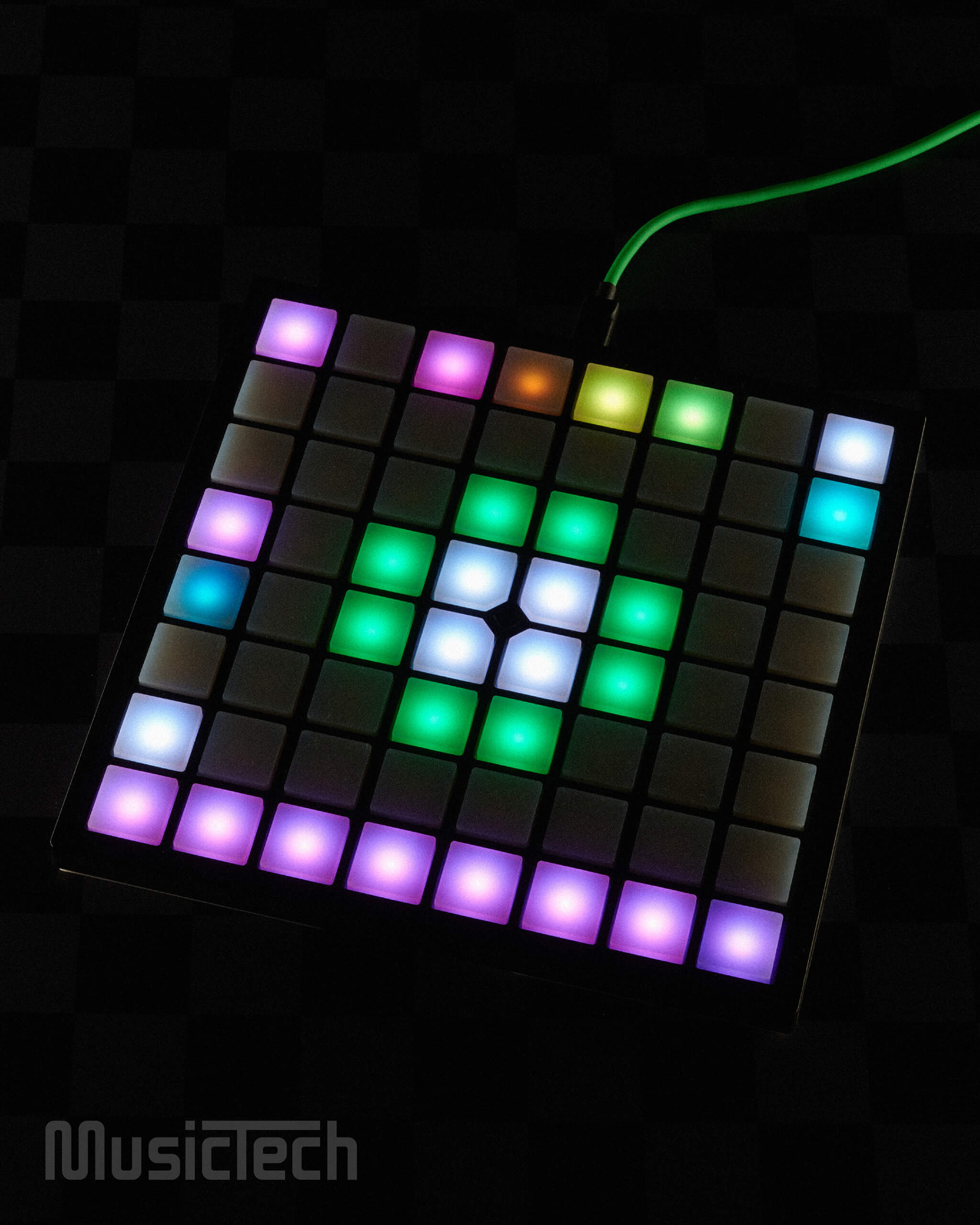
203 tells us that it’s currently developing a sequencer mode (similar to the one seen on Novation’s Circuit) and an arpeggiator mode. The team is also testing out custom maps for music-making and hopes to hear more feedback from its community before implementing certain features in the final release.
As the Matrix Pro is open source, it’s entirely possible to ‘hack’ it to fit your music-making setup (the MatrixOS code is available to download on Github). But, for many music producers, being able to instantly play with software and virtual instruments is more desirable than modifying MatrixOS.
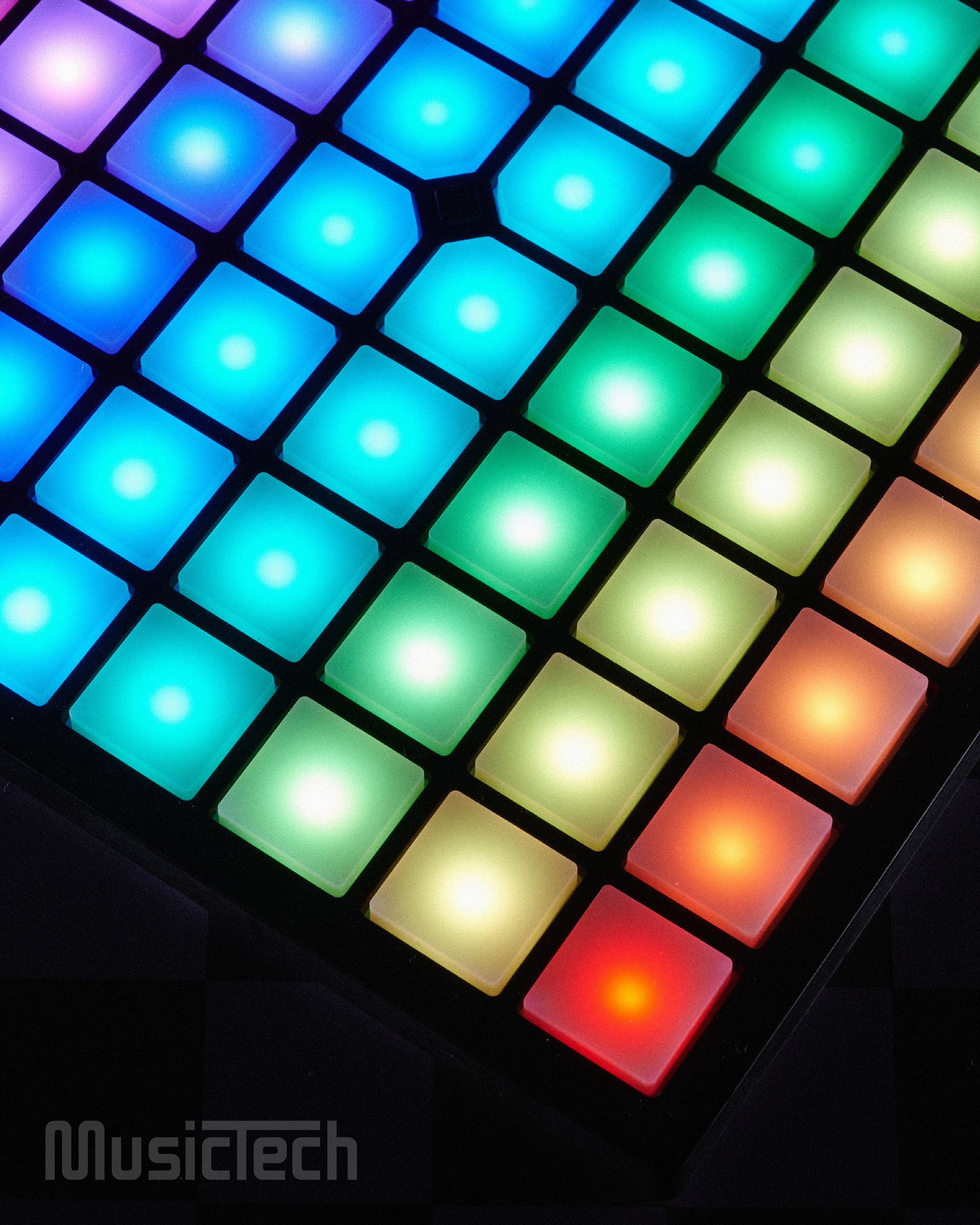
With an April 2023 release, 203 Electronics still has time to tweak and develop more music-making features. It’s thrilling to imagine the potential of a completely customisable grid controller, particularly if there are a plethora of mods to freely download and tinker with. Such mods and maps are what make the Launchpad a desirable option, still, but the Matrix Pro could be more intriguing if the visual performance and music-making modes were more integrated.
We look forward to reviewing the final iteration of the Matrix Pro and continuing to dive into the possibilities of the new MIDI controller. Upon our first look, though, we’re left aching for more “next-gen” features.
Follow the Matrix Pro’s journey and contribute to its develpment at the Kickstarter page and at 203.io.
